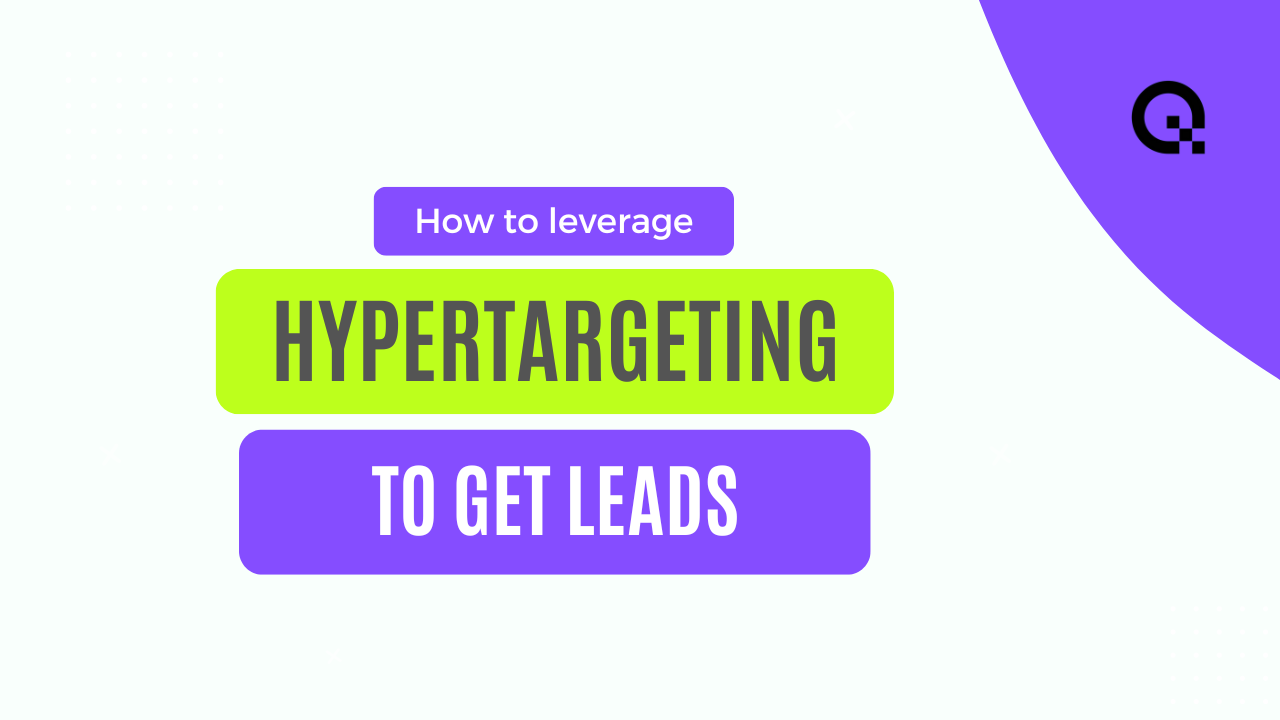Psychology-Driven Marketing: Emotional Triggers to Boost Leads in 2024
Unlock the power of emotional triggers in your marketing strategy to effectively boost leads and conversions in 2024.
Understanding Emotional Triggers in Marketing
Understanding Emotional Triggers in Marketing is crucial for creating effective marketing campaigns. Emotional triggers are psychological cues that stimulate an emotional response in individuals, influencing their behavior and decision-making processes. These triggers can be used to tap into the desires, fears, and aspirations of your target audience, creating a deeper connection and resonating with them on a personal level.
There are various types of emotional triggers that can be utilized in marketing, such as fear, joy, surprise, trust, nostalgia, and empathy. Each trigger elicits a different emotional response and can be strategically incorporated into your marketing materials to evoke specific reactions from your audience.
By understanding emotional triggers in marketing, you can craft compelling messages and visuals that appeal to your target audience's emotions, making your brand more memorable and persuasive. This understanding also allows you to position your products or services in a way that aligns with your audience's emotional needs and desires, increasing the likelihood of conversion.
The Science Behind Emotional Marketing
Emotional marketing is not just a creative approach, but it is also backed by science. When individuals experience an emotional response to a marketing message, it triggers the release of neurotransmitters in the brain, such as dopamine and oxytocin. These chemicals create a positive association with the brand or product and enhance memory recall, making the marketing message more memorable and impactful.
Furthermore, emotional marketing taps into the limbic system, which is responsible for processing emotions and memories. By targeting this part of the brain, marketers can create lasting impressions and associations with their brand, leading to increased brand loyalty and customer retention.
Research has shown that emotional marketing campaigns outperform purely rational or logical campaigns. This is because emotions play a significant role in decision-making, often outweighing rational considerations. By incorporating emotional triggers in your marketing strategy, you can tap into the emotional drivers of consumer behavior and create a stronger connection with your audience.
Implementing Emotional Triggers in Your Campaigns
Implementing emotional triggers in your marketing campaigns requires a deep understanding of your target audience and their emotional needs. Here are some key steps to effectively incorporate emotional triggers into your campaigns:
1. Identify your target audience's emotional drivers: Conduct market research and analyze your target audience's behavior, preferences, and desires. This will help you identify the emotional triggers that are most relevant to them.
2. Choose the right emotional triggers: Once you have identified the emotional drivers, select the triggers that align with your brand and resonate with your audience. For example, if your target audience values trust and security, incorporating testimonials and guarantees in your marketing materials can evoke those emotions.
3. Craft compelling messages and visuals: Develop content that effectively communicates the emotional triggers you have chosen. Use storytelling techniques, captivating visuals, and persuasive language to evoke the desired emotions in your audience.
4. Test and optimize: Continuously monitor and analyze the impact of your emotional triggers on your campaign performance. A/B test different variations of your marketing materials to identify the most effective emotional triggers and refine your strategy accordingly.
By implementing emotional triggers in your campaigns, you can create a deeper emotional connection with your audience, leading to increased engagement, conversions, and customer loyalty.
Case Studies: Successful Emotional Marketing Campaigns
Several brands have successfully implemented emotional marketing campaigns to boost leads and conversions. Here are a few notable case studies:
1. Nike's 'Just Do It' Campaign: Nike's iconic slogan, 'Just Do It,' taps into the emotional triggers of determination, empowerment, and overcoming challenges. The campaign features inspiring stories of athletes who have overcome obstacles to achieve success, resonating with individuals who strive to push their limits.
2. Coca-Cola's 'Share a Coke' Campaign: Coca-Cola's personalized 'Share a Coke' campaign evokes feelings of joy, nostalgia, and connection. By printing popular names and phrases on their bottles, Coca-Cola created a sense of personalization and encouraged consumers to share their Coke experience with others.
3. Dove's 'Real Beauty' Campaign: Dove's 'Real Beauty' campaign challenges traditional beauty standards and promotes body positivity. By featuring women of all shapes, sizes, and ages in their advertisements, Dove taps into the emotional triggers of empowerment, self-acceptance, and inclusivity.
These case studies demonstrate the power of emotional marketing in capturing the attention and hearts of consumers, resulting in increased brand awareness, engagement, and sales.
Measuring the Impact of Emotional Triggers on Lead Generation
Measuring the impact of emotional triggers on lead generation is essential to evaluate the effectiveness of your marketing campaigns. Here are some key metrics and methods to consider:
1. Conversion rate: Analyze the conversion rate of your marketing materials that incorporate emotional triggers compared to those that do not. A higher conversion rate indicates the effectiveness of emotional triggers in motivating your audience to take action.
2. Engagement metrics: Monitor metrics such as click-through rates, time spent on page, and social media engagement for campaigns that utilize emotional triggers. Higher engagement indicates that your audience is connecting with your content on an emotional level.
3. Surveys and feedback: Conduct surveys or gather feedback from your audience to understand their emotional response to your marketing materials. This qualitative data can provide valuable insights into the impact of emotional triggers on their decision-making process.
4. Sales and revenue: Track the sales and revenue generated from campaigns that incorporate emotional triggers. A significant increase in sales and revenue indicates the effectiveness of emotional triggers in driving conversions.
By measuring the impact of emotional triggers on lead generation, you can gain valuable insights into the success of your marketing efforts and make data-driven decisions to optimize your future campaigns.



